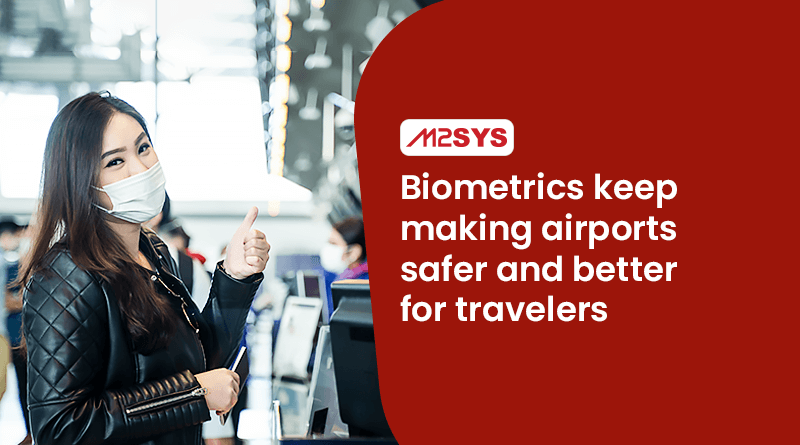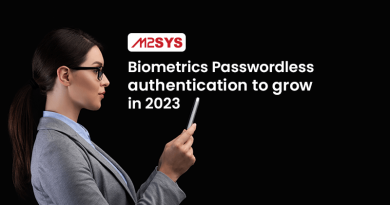Biometrics Making Airports Safer and Better for Travelers
Many airports and airlines worldwide are deploying new biometrics solutions to improve security and make traveling easier for those who prefer frictionless travel. As a result, the use of biometric technology in airports is expected to increase in the coming years.
Biometrics airport market to reach $8.3B by 2027
Biometrics, such as facial recognition and fingerprint scanning, are increasingly being used in the aviation industry to enhance airport security and boost productivity. These technologies aid in the identification and verification of individuals, reducing the need for manual identity checks and speeding up the boarding process.
According to market analysis, the global biometrics market at airports is expected to reach $8.3 billion by 2027, with a compound annual growth rate of 18.6% from 2020 to 2027. The growing demand for increased security measures and the requirement for faster and more efficient airport processes are major drivers of this market growth. Additionally, increasing government regulations and initiatives to improve airport security are also expected to contribute to the growth of the smart biometrics market at airports. There are several advantages to the implementation of biometrics at airports. Such as:
Enhanced security: Biometric technology such as facial recognition and fingerprint scanning can accurately identify and verify individuals, making it more difficult for imposters or individuals with malicious intent to pass through airport security.
Increased Efficiency: Smart biometrics can automate the identity verification process and reduce the need for manual identity checks, which can speed up the boarding process and reduce wait times for travelers.
Improved Convenience: Biometric technology can make the travel experience more convenient for passengers by eliminating the need for them to carry multiple forms of identification.
Reduced Costs: By automating the identity verification process, smart biometrics can help reduce the need for manual labor and thus costs associated with it.
Better tracking and monitoring: Smart biometrics can be integrated with existing security and law enforcement databases, which enables border agents to quickly identify and track individuals who pose a security risk or have previous criminal records.
Overall, the implementation of smart biometrics at airports can provide a more secure, efficient, and convenient travel experience while also helping to reduce costs and improve monitoring and tracking capabilities.
Biometrics deployment at Australia and Philadelphia airport
Australian airports are at the second stage of biometrics implementation. eGates will be linked to kiosks at eight airports so that travelers’ faces can be identified using a picture they have already provided. In the first phase, completed in 2021, 109 Kiosks were installed in airports in cities such as Brisbane, Cairns, Coolangatta, Melbourne, Perth, Darwin, Adelaide, and Sydney by the company. The facial image captured at the kiosk as part of a one-to-one match is used at the eGates, bypassing the need for a second token.
In the near future, passengers using Philadelphia International Airport (PHL) will be able to observe biometric-enabled security at boarding gates. The airport, as part of its collaboration with the United States Customs and Border Protection (CBP), conducted trials of biometric screening for a period of forty-five days, during which, they tested three scanning devices.
Smart border management system by M2SYS
The M2SYS Border Management System is a solution that utilizes biometric technology to pre-register travelers and allows them to pass through e-gates quickly and easily. The system uses fingerprint, iris, or facial recognition to identify and verify the traveler’s identity, and it matches the information with the passport or other travel documents. The system is designed to improve security and reduce wait times at border control points by quickly and accurately verify the identity of travelers. Additionally, the system can also integrate with existing security and law enforcement databases, enabling border agents to quickly identify and track individuals who pose a security risk. To learn more about how the smart border management system works please get in touch with us.












